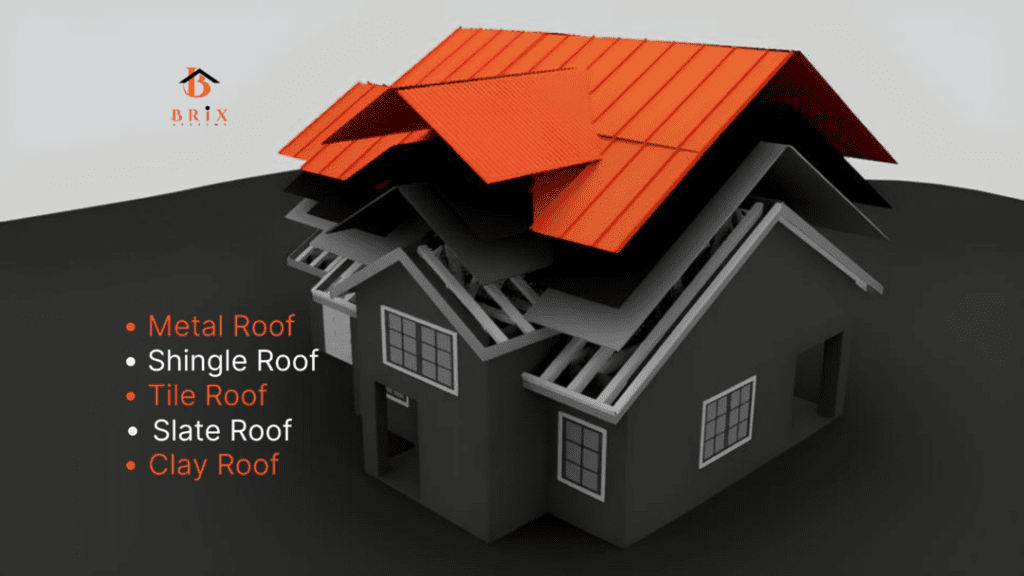
When it comes to selecting a roof for your home, it is important to consider the local climate and weather conditions. In Montana, the weather can be unpredictable and extreme, with fluctuations in temperature and heavy snowfall in the winter.
What is the best roof for Montana weather? In this article, we will discuss the factors to consider when selecting a roof for Montana weather and some of the popular roofing materials that are suitable for this region.
Montana's climate is considered semi-arid. The state receives an average of 14 inches of rain per year, which is less than most other states in the U.S.
Although Montana is known for long and cold winters, the state's average temperatures range from 49 degrees in January to 81 degrees in July. Montana also experiences high winds, hail, ice, and snow.
Montana is a state that can have a variety of different weather. It can get pretty hot during the summer and pretty cold during the winter.
The temperature can also change a lot during the year. Because of this, you want a roof that can withstand a variety of weather conditions. You want a roof that is pretty durable and can withstand weather changes.
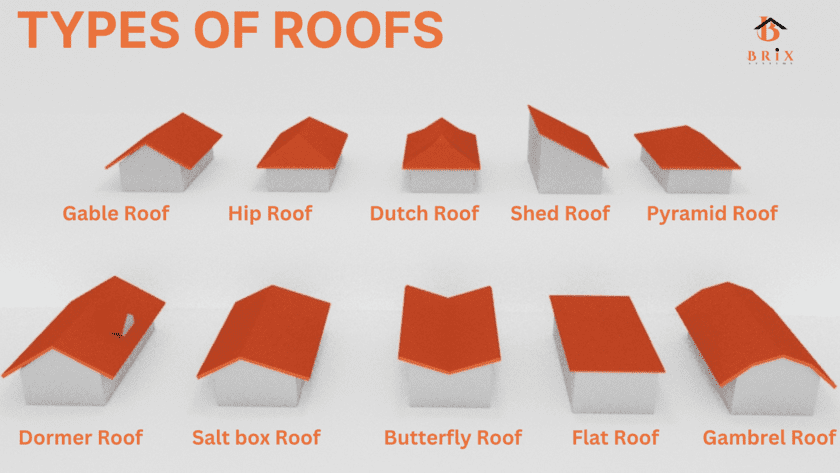
There are many different designs of roofs for Montana Weather. There are flat roofs, gabled roofs, gambrel roofs, mansard roofs, hip roofs, and shed roofs. Each type of roof has its own benefits and drawbacks regarding Montana weather.
A gable roof is a popular design that features two sloping sides that meet at a peak. This design is suitable for Montana weather because it allows for proper drainage of snow and water. It is also relatively easy to construct, making it a cost-effective option. The use of natural materials like wood shingles or stone accents on the gable will create a beautiful and harmonious look with Western decor.
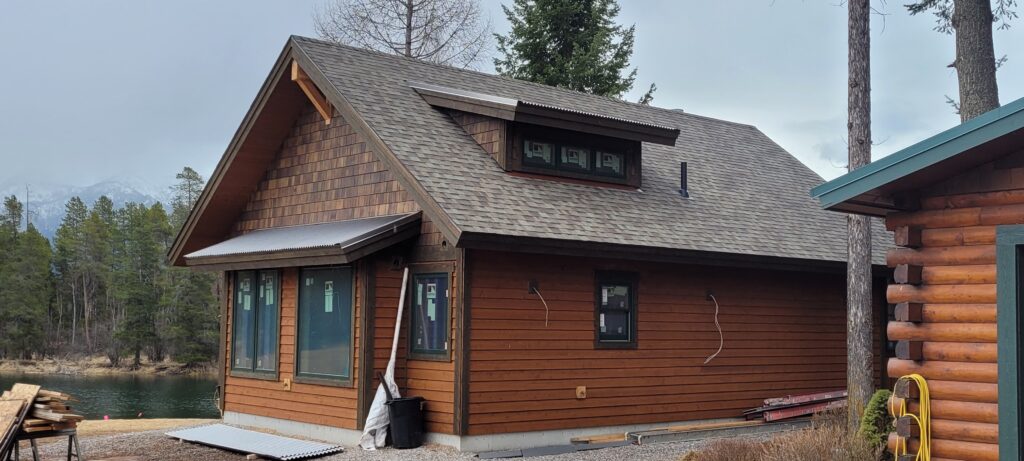
A hip roof is similar to a gable roof, but the sides of the roof slope downward at a gentler angle. This design is suitable for Montana weather because it is more resistant to wind and provides more stability.
It is also a good choice for areas with heavy snowfall, as the slope of the roof allows the snow to slide off easily.
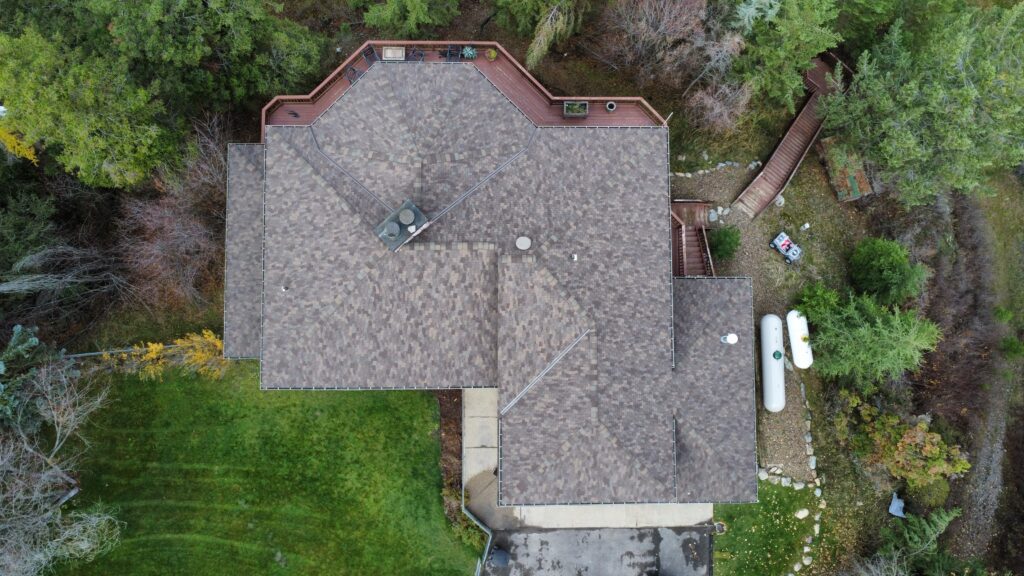
A shed roof is a simple design that features a single slope that slopes downward from one end of the home to the other. This design is suitable for Montana weather because it allows for easy drainage of water and snow. It is also a good choice for areas with limited space, as it requires fewer materials to construct.
A gambrel roof is a design that features two slopes on each side of the roof, with the lower slope steeper than the upper slope. This design is suitable for Montana weather because it provides extra space in the attic and allows for proper drainage of snow and water. It is also a good choice for areas with heavy snowfall, as the steep slope allows the snow to slide off easily.
Overall, it is important to consider the specific needs and preferences of the homeowner when selecting a roof design for Montana weather. A roof that is properly designed and installed can provide protection and durability for many years to come.
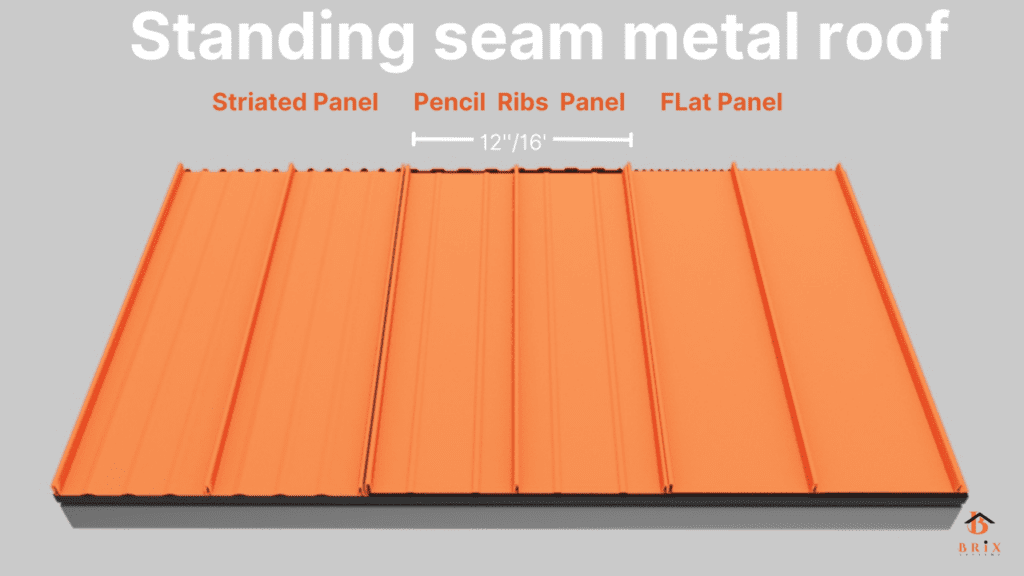
The most popular roofing material for Montana weather is metal roofing. Metal roofing is a durable and long-lasting option, with a lifespan of 40-70 years. It is also resistant to weather and fire, making it a good choice for Montana.
There are different types of metal roofing available, including aluminum, steel, and copper. The choice of metal will depend on the style of the home and the budget of the homeowner.
Aluminum is a lightweight and corrosion-resistant metal that is popular for roofing. It is resistant to extreme temperature fluctuations and is not prone to rust. Aluminum roofing is available in a variety of colors and styles, making it a good choice for homeowners who want to add visual appeal to their homes.
Steel is a strong and durable metal that is popular for roofing. It is resistant to extreme temperature fluctuations and is not prone to rust. Steel roofing is available in a variety of colors and styles, and it is often coated with a protective layer to improve its weather resistance.
Copper is a high-end metal roofing option that is known for its durability and visual appeal. It is resistant to extreme temperature fluctuations and is not prone to rust. Copper roofing is a good choice for homeowners who want a long-lasting and attractive roof. However, it is a more expensive option than other types of metal roofing.
Overall, metal roofing is a popular choice for Montana weather due to its durability and resistance to extreme temperature fluctuations and severe weather events. It is important to carefully consider the specific needs and preferences of the homeowner when selecting a metal roofing material.
Montana is a great state to live in. It has a lot of beautiful scenery, and there are many different types of weather. There is no doubt that the roof is a big part of your home, and you want to make sure that it is strong enough to withstand the weather.
In Montana, there are many types of roofing materials. But the most commonly used roofing types are metal roofing, cedar shake, terracotta tiles, concrete tiles, metal tiles, slate, asphalt shingles, and rubber roofing.
These roof types are used on homes, offices, hotels, apartments, and many other buildings. So, if you’re a resident of Montana and you’re looking for a roofing company for your roofing project, this article will help you choose the right roofing material for your home or office.
You may also want to know how much does a new roof costs in Montana so check out our article on the same.
Metal roofing is one of the most popular roofing types in Montana. It is a durable, long-lasting roofing material available in various colors and styles to match any home or office.
Metal roofing is an excellent choice for homes in Montana because it is resistant to hail, wind, snow, and fire. It is also incredibly energy efficient, reducing energy costs and protecting a home from UV rays. Metal roofing is a great investment for any Montana homeowner looking for a highly durable, low-maintenance roofing solution.
Cedar shake is one of the most popular roofing materials in Montana. This roofing material is made from cedar wood treated with a process called “shingling."
It is an excellent choice for those seeking a natural look in their homes or offices. Cedar shake is available in different sizes and colors that can match the style of your home or office building.
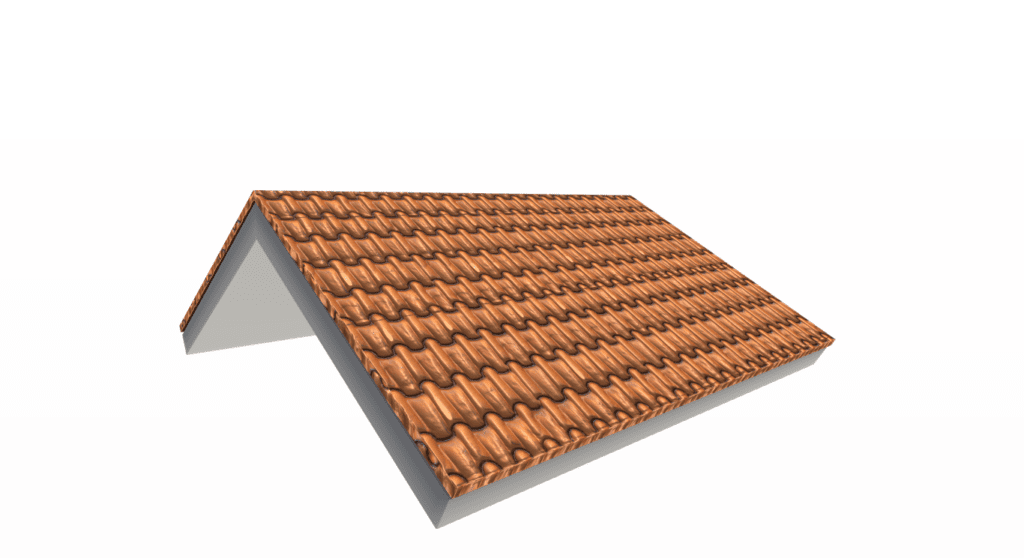
Terracotta tiles are a natural, clay-based roofing material that is known for its durability and fire resistance. They have a unique, reddish-orange color and can add a stylish touch to your home.
While terracotta tiles can last for up to 50 years with proper maintenance, they are typically better suited for warmer climates. In colder and snowier areas such as Montana, terracotta tiles may not be as effective at shedding snow and ice, and the added weight of the tiles could potentially cause damage to the roof.
Additionally, terracotta tiles may be more expensive upfront than other roofing materials. While they can add value to your home, it is important to consider the specific needs and challenges of the location when choosing a roof, and in the case of Montana, a roof that is able to withstand heavy snow and cold temperatures is crucial.
Concrete tiles are another popular roofing material in Montana. They are a durable and long-lasting roofing material that is resistant to fire and extreme temperatures. They are also energy efficient and can help to keep your home cool in the summer and warm in the winter.
However, concrete tiles are typically better suited for warmer climates, as they may not be as effective at shedding snow and ice in colder and snowier areas such as Montana. While concrete tiles can add a stylish and attractive look to your home, they may not be the most practical choice for the snowy climate of Montana due to the added weight and potential for damage from heavy snowfall.
It is important to consider the specific needs and challenges of the location when choosing a roof, and in the case of Montana, a roof that is able to withstand heavy snow and cold temperatures is crucial.
Metal tiles are a popular roofing material in Montana due to their durability and ability to withstand harsh weather conditions. Metal tiles are made from a variety of materials, including steel, aluminum, and copper, and can be shaped and colored to mimic the appearance of traditional roofing materials such as wood, slate, and clay.
Metal tiles are resistant to wind, hail, and fire, and can last for 50 years or more with proper maintenance. They are also energy efficient, reflecting sunlight and helping to keep your home cool in the summer.
However, metal tiles can be more expensive upfront than other roofing materials, and they may require professional installation. In addition, metal tiles may be noisy during rain or hail storms, and they may not be suitable for homes with antennae or lightning rods due to the conductive nature of metal.
It is important to weigh the benefits and drawbacks of metal tiles and consider the specific needs and challenges of the location when choosing a roof for your home in Montana.
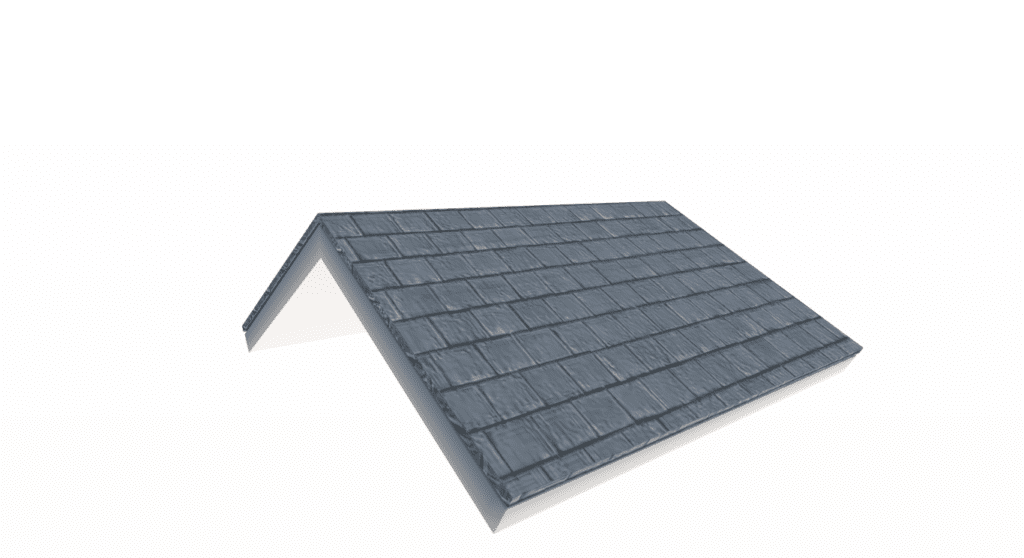
Slate is another roofing material that is widely used in Montana. Slate and tile roofing is a long-lasting and durable option, with a lifespan of 50-100 years.
It is more expensive than other materials, but it is also much more resistant to the elements and is a great choice for those who want a long-lasting roof. Slate roofs also have a more classic and timeless look, which can be appealing to some homeowners.
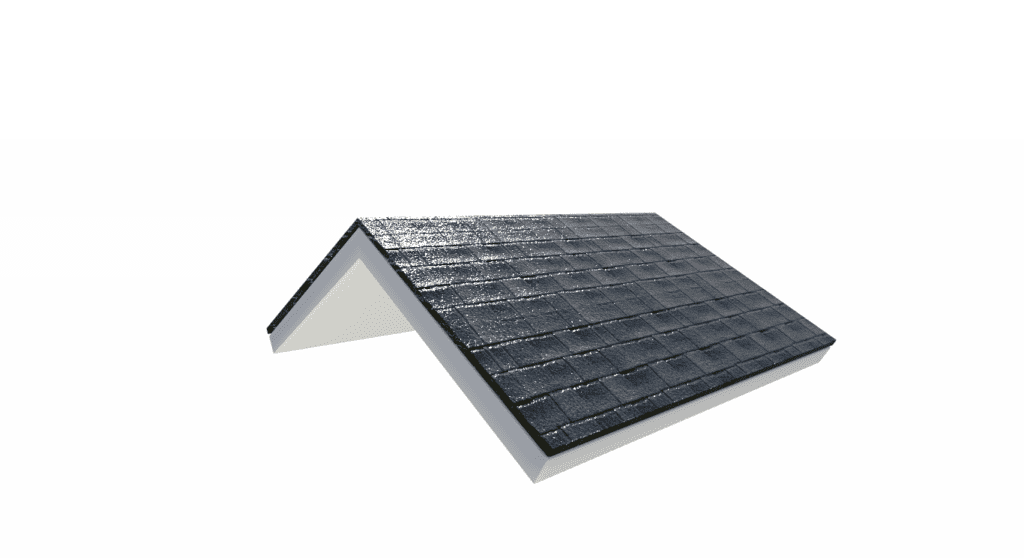
Asphalt shingles are another roofing material that is used in Montana. Asphalt shingles are a cost-effective, durable option lasting up to 25 years. Asphalt shingles are easy to install and maintain, making them a great choice for homeowners.
Asphalt shingles also offer a variety of colors and styles to choose from, allowing you to customize your roof to your taste. Asphalt shingles are also a great option for those looking for a classic look, as they are often found in traditional homes.
One type of roof that is commonly used in Montana is a rubber roof, specifically a type called EPDM (ethylene propylene diene monomer). EPDM is a synthetic rubber roofing membrane that is known for its durability and versatility.
EPDM is a popular choice for both residential and commercial roofs and is often used in place of traditional roofing materials such as asphalt or metal.
While it can be more expensive upfront, EPDM roofing can save money in the long run due to its long lifespan and low maintenance requirements. Overall, EPDM is a reliable and cost-effective choice for a roof in Montana.
Material thickness: The thickness of the roofing material can impact its durability and weather resistance. For example, thicker asphalt shingles or metal roofing panels may be more resistant to hail or wind damage. It is important to consider the thickness of the roofing material when selecting a roof for Montana weather.
Underlayment: The underlayment is a layer of material that is installed beneath the roofing material. It serves as a barrier to moisture and helps protect the roof deck. In Montana, it is important to use a high-quality underlayment that is resistant to moisture and can withstand extreme temperature fluctuations.
Insulation: Insulation is an important factor to consider when selecting a roof for Montana weather. In the winter months, proper insulation can help reduce energy costs by keeping the home warm. In the summer months, insulation can help keep the home cool by reflecting heat away from the roof.
Maintenance: Regular maintenance is important for any roof, but it is especially important in Montana due to extreme weather conditions. It is important to have the roof inspected regularly and to repair any damage as soon as it is discovered. This can help extend the lifespan of the roof and ensure that it is able to provide proper protection for the home.
Overall, it is important to consider a variety of factors when selecting a roof for Montana weather. By taking the time to research and choose the right roofing material and design, homeowners can ensure that their roof is able to provide protection and durability for many years to come.
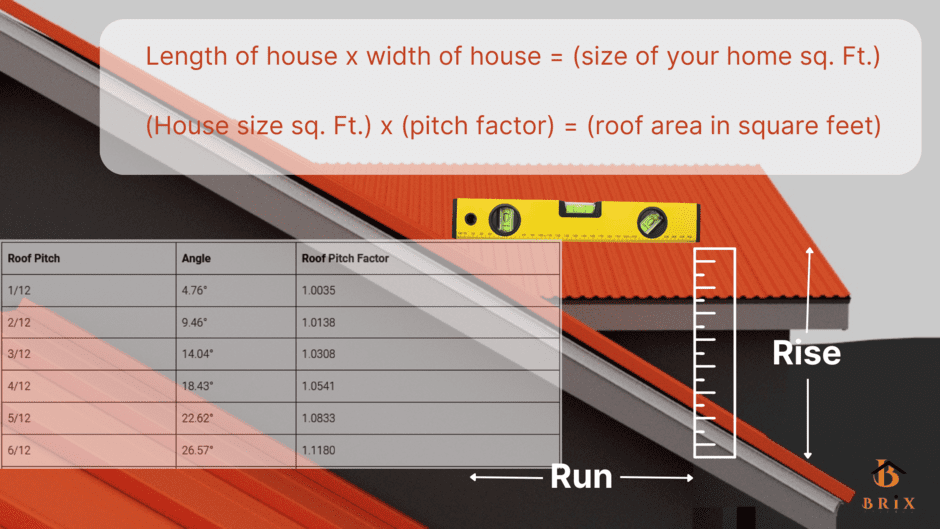
When it comes to the design of the roof, there are a few key considerations for Montana weather. One important factor is the slope of the roof. In Montana, it is important to have a steep slope to allow for proper drainage of snow and water. A slope of 4:12 or steeper is recommended.
Another important factor is the use of overhangs or eaves. Overhangs and eaves can help protect the exterior walls of the home from the elements, as well as provide some shade in the summer months. In addition, it is important to consider the use of roof ventilation to help regulate the temperature inside the home and prevent the build-up of moisture.
Overall, it is important to carefully consider the design of the roof when selecting a roof for Montana weather. A roof that is properly designed and installed can provide protection and durability for many years to come.
If you live in Montana, it's important to inspect your roof regularly to ensure it's in good condition. Montana has extreme weather conditions that can cause damage to your roof, so it's important to take the necessary steps to protect it. Here are some tips on how to maintain your roof in Montana.
Following these tips can help ensure your roof is in good condition and can help it last for many years.
The best roof for Montana is likely a steep standing seam metal roof with a pitch of 7:12 or steeper. This type of roof is able to withstand heavy snow loads and is durable in cold temperatures.
Asphalt shingles, metal roofing, and slate or tile roofing are all popular options for Montana weather. Asphalt shingles are also a good choice for those who are looking for an economic option. It is important to consider the specific needs and challenges of the location when choosing a roof, and in the case of Montana, a roof that is able to withstand heavy snow and cold temperatures is crucial.
The choice of roofing material will depend on the style of the home, the budget of the homeowner, and the specific needs and preferences of the homeowner.